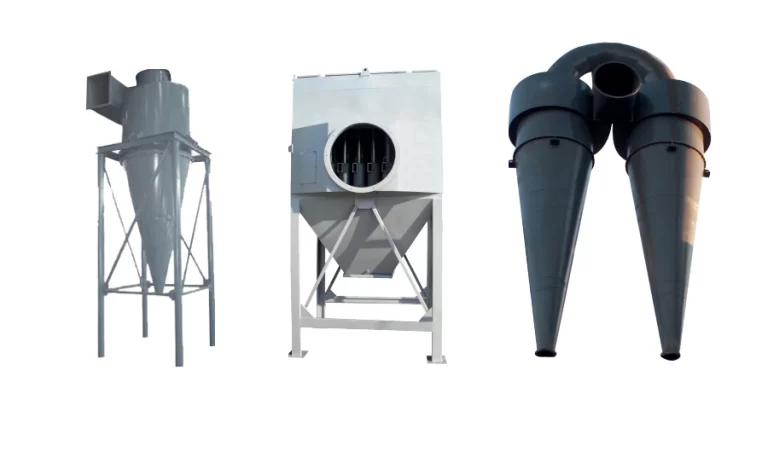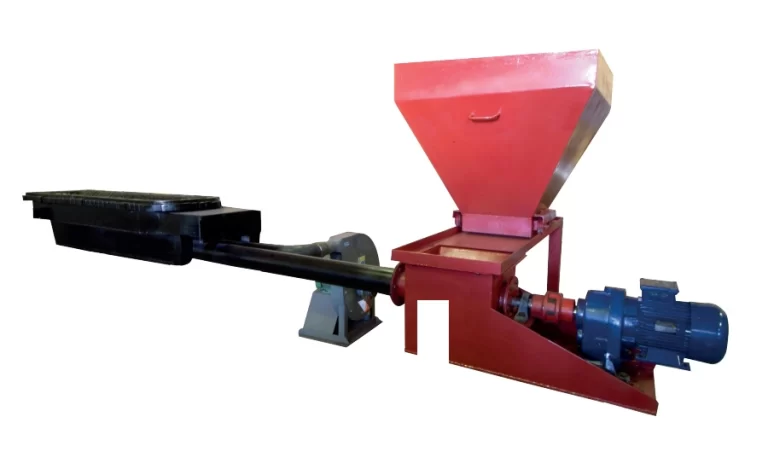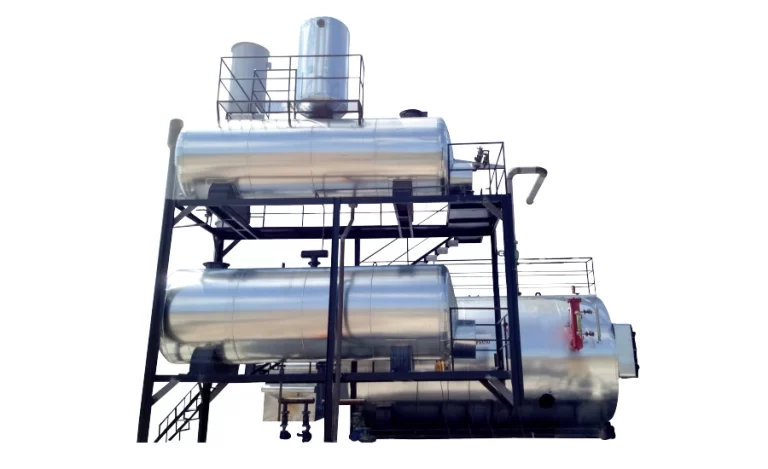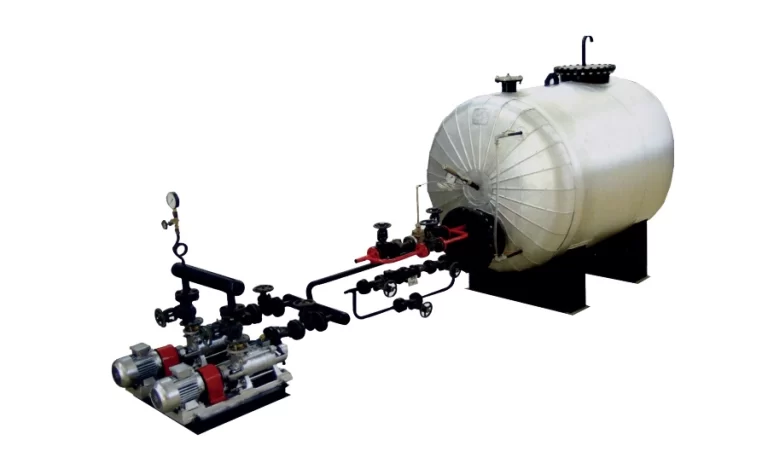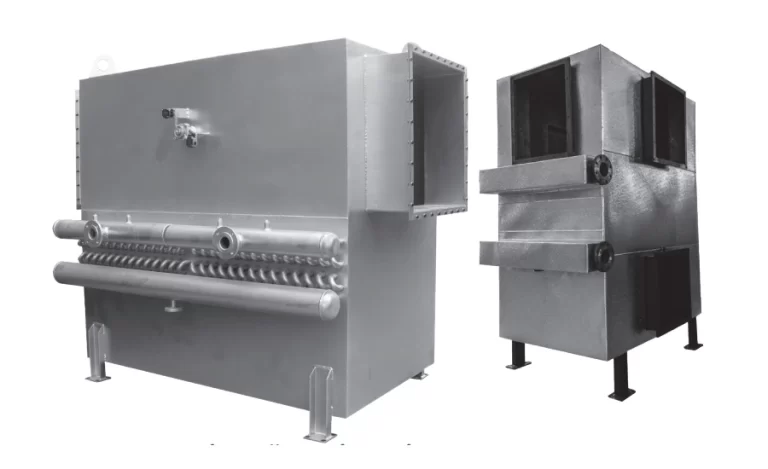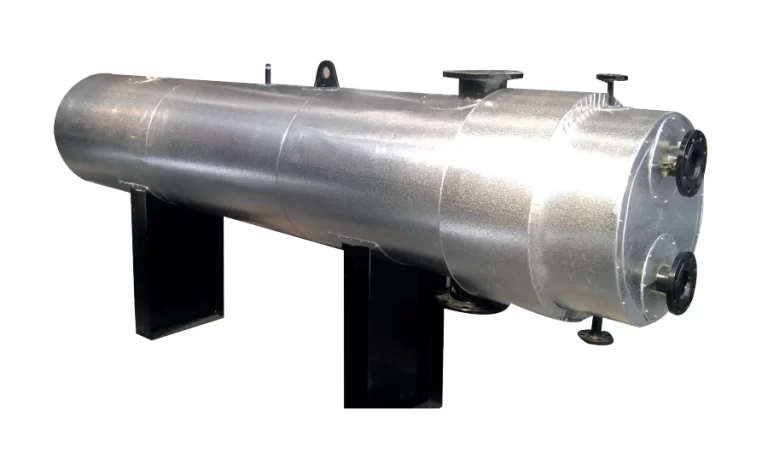





Corrosion is defined as the destruction of materials over time by the effect of the environment they are in. The type of material where corrosion is most common is metals due to their high tendency to electrochemical reactions. The effect of corrosion of metals is related to the quantity of oxygen present. Metals that are stable in the free state (titanium, etc.) have higher corrosion resistance, while metals with relatively higher oxygen content (iron, etc.) tend to oxidize more easily.
Free Oxygen (O2) and Carbon Dioxide (CO2) gases dissolved in the steam boiler feed water cause damage to the metal surfaces of the boiler and steam installation. In order to remove these corrosive gases from the composition of the feed water, the latter is broken into small particles and by heating it with steam so that carbon dioxide (CO2) can separate at 60°C and oxygen (O2) at evaporating temperatures above 100°C. In the thermal deaeration system, the separation of the feed water into small particles is done with the sprinkler system.
DEAERATOR’S DOME
It is manufactured from stainless material or black sheet metal, having a
volume suitable for its capacity. The upper dome, which is made of black
sheet, is subjected to hot dip galvanizing process following manufacturing.
The dome is connected to the deaerator tank with flanges. There is a feed
water pulverization system in the dome and pulverization trays made from
stainless steel sheets. The deaerator dome is insulated with galvanized,
aluminum or stainless-steel sheet depending on the customer’s request on
Rabitz wire rock wool with the appropriate density and thickness.
DEAERATOR’S TANK
Depending on the type of deaerator and the layout of the boiler unit, it is manufactured using horizontal cylindrical, dished head type made from St37. The outer surfaces of the deaerator tank are painted with two layers of antirust paint, and the deaerator tank is insulated with galvanized, aluminum or stainless-steel sheet depending on the customer’s request on Rabitz wire rock wool with the appropriate density and thickness. When necessary, the tank is reinforced with NPI - NPU profiles against vacuum from the inside. There is a dome connection flange and other necessary fixture connection flanges on the tank and a steam distribution collector as well as pipes for mix-type heating on the bottom.
EXHAUST STEAM CONDENSER
Exhaust Steam Condenser is a variance of heat exchangers which is used to recover heat from the exhaust steam coming out of the deaerator and to separate it from corrosive gases. The exhaust steam is cooled and condensed with feed water, so that the feed water is also preheated. The condensate is fed back into the deaerator through a pipe.
DEAERATOR’S FIXTURES
Operational, control and safety fixtures such as pressure reducing valve, thermostatic valve, steam, water and by-pass valves, level control system, discharge valve, automatic air discharge trap, water level indicator, manometer and thermometer are used in deaerators in accordance with the deaerator type, capacity and operating conditions.
DEAERATOR’S FEED PUMP
Centrifugal or cascade type pumps with pressures between 20 mSS and 25 mSS are used to supply the deaerators with water depending on the level. When choosing a pump, it is very important that the pump matches the deaerator capacity. Since type, design and sizing of the deaerator systems are made by taking into account operating conditions and heat recovery applications are applied extensively in these systems, please make an inquiry to provide solutions for your application related to degassing boiler’s feed water.
